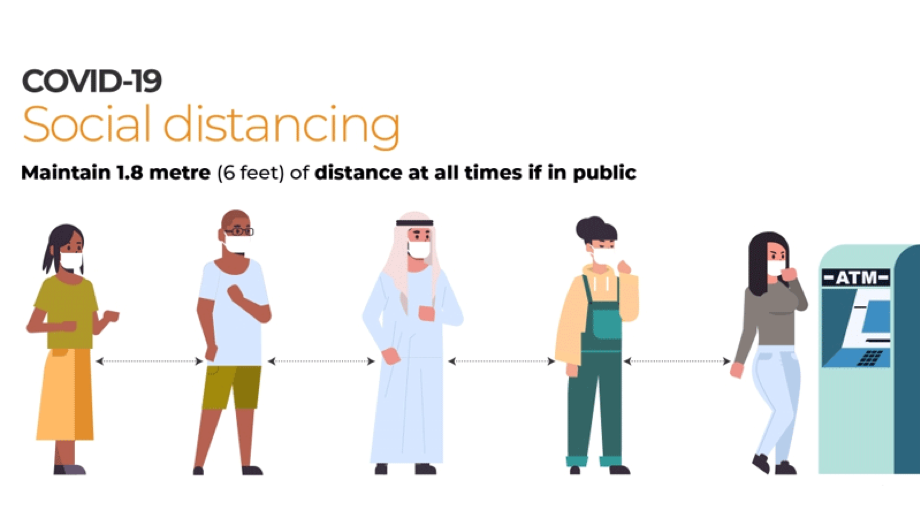The highly infectious coronavirus known as COVID-19 is spreading faster than ever. With nearly five million cases across the world, the outbreak has brought unexpected changes and concerns to over 190 countries. The main safety measure designed to slow down the spreading of the disease is the so-called social distancing, the practice of avoiding physical contact and the social situation outside one’s home.
At this point, the pandemic is leaving an impact on people of all ages. However, the ones who are affected the most are the members of the workforce. There have not been any signs of the decline of the outbreak since the World Health Organization officially announced it as a global pandemic. This leaves people questioning when will the COVID-19 disaster end?
How is COVID-19 Affecting Workers
Besides obvious medical concerns, the COVID-19 is directly attacking the world’s economy. With social distancing rules in place, many factories and businesses had to close their doors both to customers and employees. The production of all kinds of goods was slowed down and even entirely interrupted in some countries. Millions of people lost their jobs due to severe budget cuts that companies are forced to deal with.
Those who kept their jobs are being forced to work from home, which is more difficult than it sounds. While many imagine working from home to be a piece of cake, employees who have never experienced remote work are facing serious challenges related to focusing, productivity, and organization. Working from home brings along a list of concerns, including the inevitable cybersecurity threats that can affect both personal and professional lives.
Moreover, social distancing prevents people from communicating with friends and family in person. The lack of social interaction and outdoor activities can have a serious toll on mental health, as humans are social beings that require contact and nurture. With that said, the COVID-19 outbreak is going to have physical, social, and economical consequences after it’s all over.
What to Expect After COVID-19
Out of nearly 200 countries affected by the COVID-19 outbreak, not a single one has a plan or an exit strategy. Even the most respected epidemiology experts cannot put their finger on when the outbreak might end. Some are saying that it could last another 6 months or even a year. Others believe we will be dealing with the consequences of the coronavirus for decades, as breaking the quarantine will inevitably lead to a new wave of infections. For workers, this situation means more remote work and less outdoor and social activities.
Working from home in ordinary scenarios is easy when you can get up and take a walk through the city to unwind and breathe some fresh air. However, once you’re stuck inside with social distancing rules restricting your movement, working from home will most likely become exhausting and unbearable. After COVID-19, we might still have to respect social distancing to a certain extent, meaning it might take years until our lives go back to how they used to be in 2019 and before.



 714-333-9620
714-333-9620